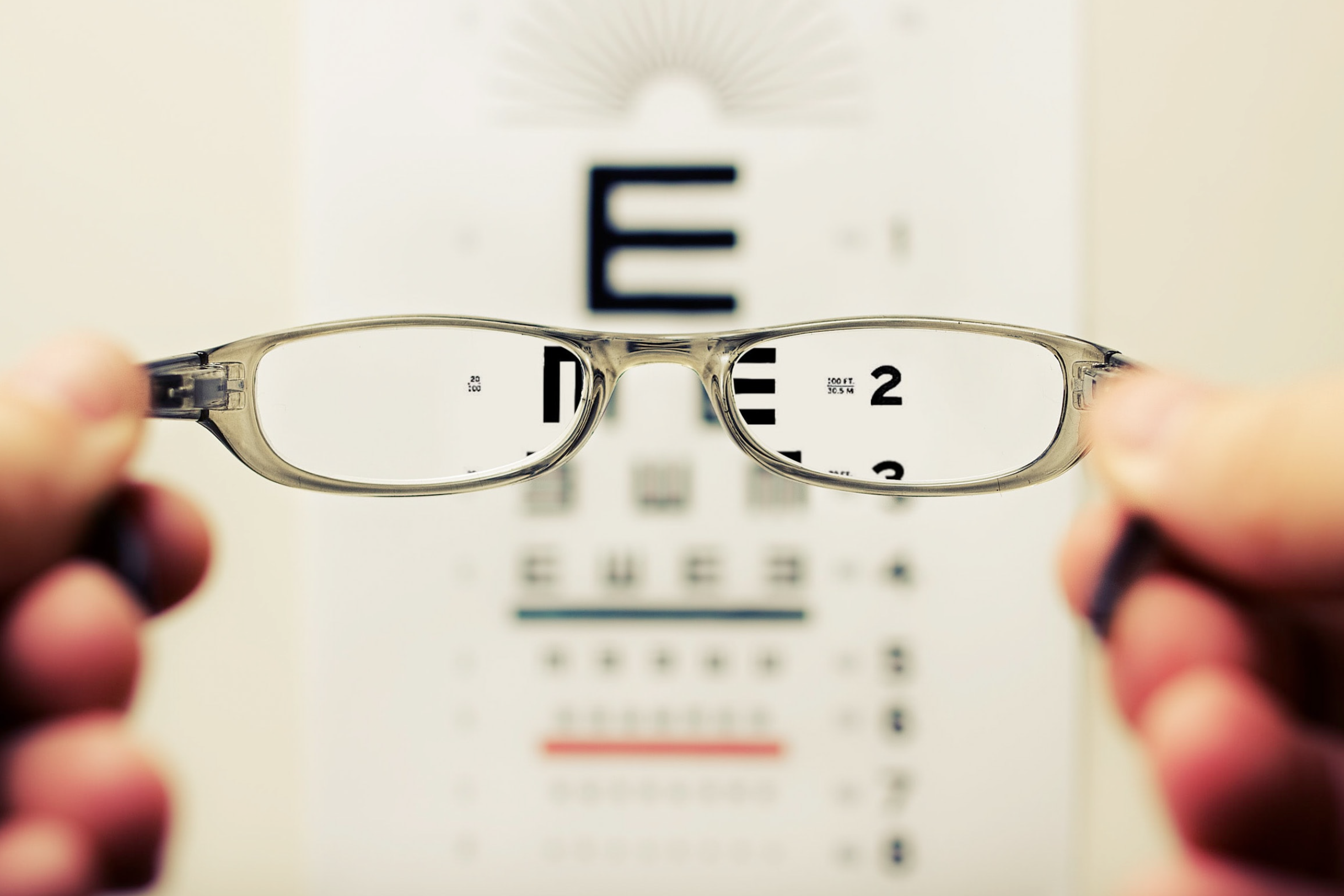 |
| Measuring a patient's VA through a questionnaire may be useful in telehealth. Photo: Getty Images |
Is it possible to measure a patient’s visual acuity (VA) without actual VA testing? In a recent study, researchers sought to provide an answer. They presented their results at the 2022 ARVO annual meeting in Denver, reporting that a person’s answers to a series of yes/no questions about their vision can be used to estimate their VA.
A total of 333 participants with a mean age of 57 from four different testing sites responded to a set of 100 yes/no questions designed to assess acuity in recognizing familiar objects at typical viewing distances with normal to ultra-low vision. As an example, one of the questions was, “Are you able to count the individual tines on a fork that is sitting on the table in front of you?”
Measured VA values were available from all participants and converted to logMAR units. The yes/no responses to the 100 questions were analyzed by a two-parameter model based on the item response theory. The model estimated each participant's visual ability through their answers to the set of questions and the difficulty and discriminability of each question.
The percentage of yes responses answered by each participant was significantly correlated with their VA. A strong relationship was also found between each participant's visual ability estimate from the two-parameter model and their VA. The average prediction error, calculated by the absolute difference between the predicted VA and the actual VA, was 0.23logMAR.
These results show that a questionnaire can be useful in estimating VA worse than 20/40. The responses provide insight into the real-world visual capabilities of patients across a range of acuities and may be a potentially effective tool in telehealth, the team concluded in their abstract.
Original abstract content © Association for Research in Vision and Ophthalmology 2022.
Wu YH, Yu D, Goldstein J, et al. Estimating visual acuity without a visual acuity. ARVO 2022 annual meeting. |

